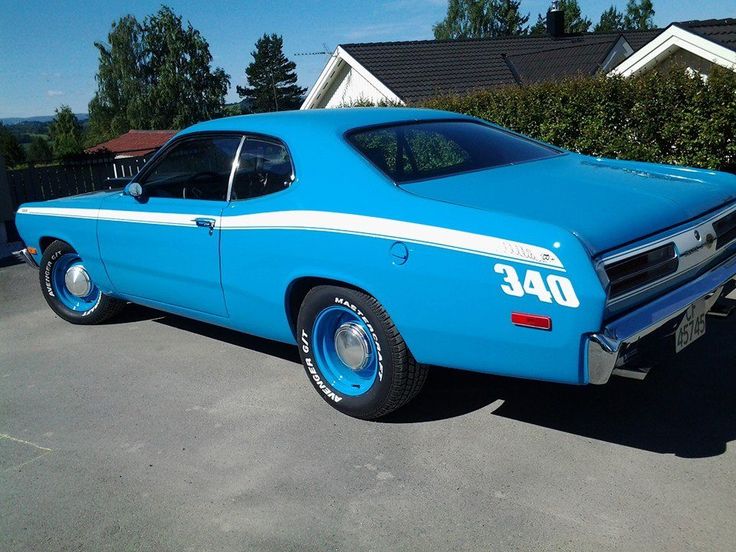If you’re a car lover, then you probably already know that each type of car has its own unique charm, rendering it special to the person who owns it. At JD’s Auto Repair, we take pride in offering all of our customers a high level of customer care, whether it’s for maintenance or repair. If you are a Mopar fan or if you’ve always wanted to know more about them, we’ve brushed up on our knowledge to bring you a brief history.
Most Mopar aficionados will agree that a Hemi is hands-down the best engine available. The hemispherical cylinder head engine dates back to a WWII fighter aircraft in the Republic P-47 Thunderbolt. This aircraft was re-engineered under the name “Fire Power” for Chrysler car engines for the year 1951.
The Hemi could also be found in Desoto vehicles called the Fire Dome. Dodge vehicles chose the name, Red Ram. The Hemi gained p[popularity because of its hemispherical cylinder head design. This design gave the Hemi an efficient combustion chamber and featured two valves on each cylinder. What’s more, it was configured in a crossflow pattern and also featured a domed piston plus spark plug near the center of the combustion chamber.
Car lovers might recall that the 1951 Chrysler Hemi had 5.5 L producing 180 bhp. Although this wasn’t a massive amount of power, it still had the potential for greatness due to its engine design. Over the course of time, this engine has taken its rightful place in muscle car history.
The second generation Hemi that started in 1964 is what really gave this engine its claim to fame. It was a massive engine powered with sq 426ci displacement. The engine was tested in a Plymouth Belvedere to see how well it could perform in NASCAR. In order to compete in NASCAR, the Hemi had to be a street version with 425 bhp. The engine’s popularity only grew from there. Today’s 5.7Land 6.2L Hemi engines are designed for better fuel efficiency and also have variable valve timing, coil on plug distributor-less ignition features.

